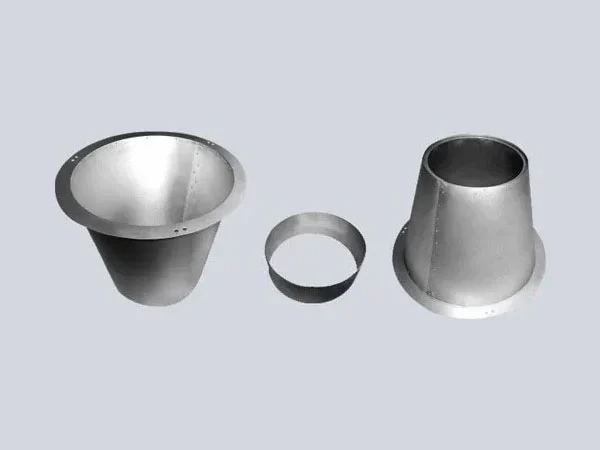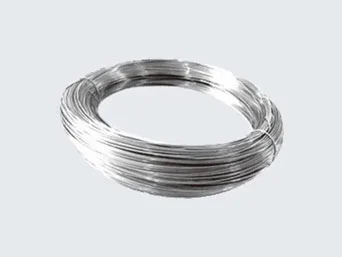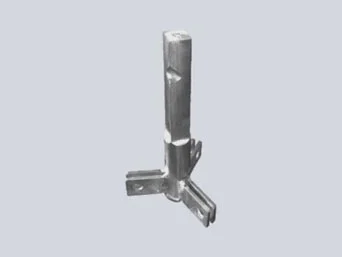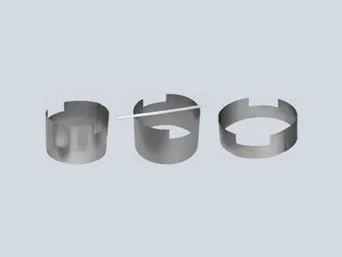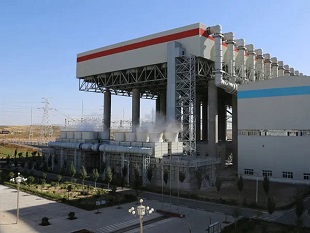Molybdenum guide shells offer many advantages when used in monocrystal furnace processes. One of the primary advantages is their high melting point, which enables them to withstand the high-temperature conditions inside the furnace without deforming. Other advantages of molybdenum guide shells include their high thermal conductivity and excellent corrosion resistance, which prevent contamination of the crystal growth process.
Molybdenum guide shells are also highly durable, and their toughness and strength enable them to withstand the mechanical stresses generated during crystal growth, leading to more extended periods of use and reduced maintenance requirements.
However, there are some disadvantages associated with using molybdenum guide shells in monocrystal furnace processes. The first disadvantage is cost, as molybdenum is a relatively expensive material compared to other materials used in guide shells such as graphite and silicon carbide.
Another disadvantage is the relatively lower growth rate of crystal when using molybdenum guide shells compared to using other guide shell materials. This lower growth rate can lead to increased cycle times and longer process durations, increasing costs and affecting overall productivity.
Lastly, molybdenum guide shells require careful handling to prevent damage, and they must be stored in a controlled environment to prevent corrosion and reactions with other materials.
In conclusion, the advantages of using molybdenum guide shells in monocrystal furnace processes outweigh the disadvantages, with their high temperature resistance, high durability, and excellent corrosion resistance leading to enhanced quality, repeatability, and decreased maintenance.


